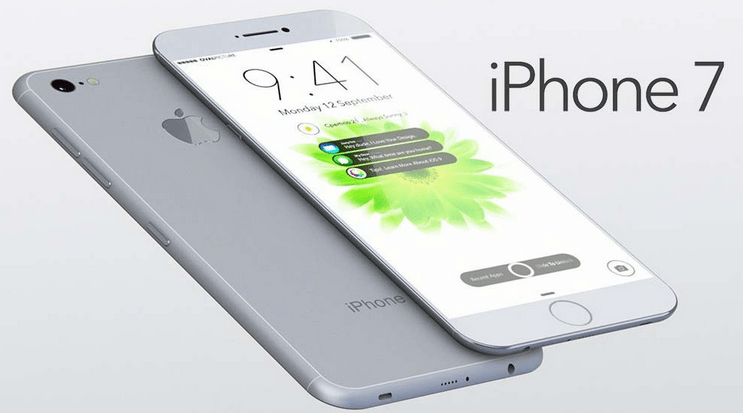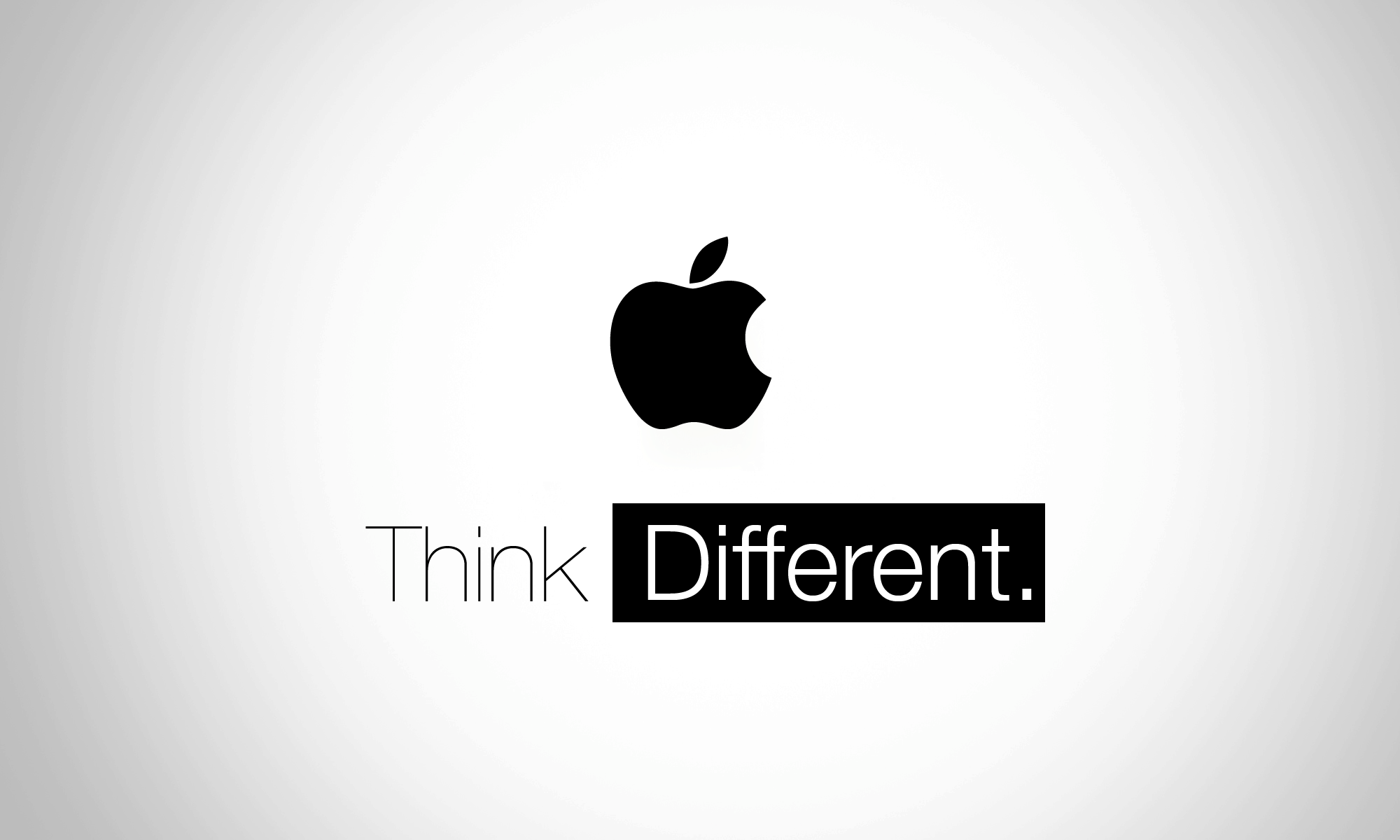We don’t expect to see the IPhone 7 until the fall of 2016. Though we have several months ahead of us to the expected release day, rumors have already been trickling out as to what the IPhone 7 is going to look like. Apple has used an alternating “S” naming formula to mark years where the iPhone does not receive a major redesign since the debut of the iPhone 3GS in 2009. Releases have been as follows: 2007 – iPhone, 2008 – iPhone 3G, 2009 – iPhone 3GS, 2010 – iPhone 4 (new design), 2011 – iPhone 4s, 2012 – iPhone 5 (new design), 2013 – iPhone 5s, 2014 – iPhone 6 and iPhone 6 Plus (new design), 2015 – iPhone 6s and iPhone 6s Plus
The next- generation iPhone is expected to be called the iPhone 7. 2015 marked an “S” iPhone upgrade year that introduced new features such as an improved camera and a better processor, but 2016 will bring an even- year upgrade that will include an all- new iPhone design in addition to new features.

Apple is said to be working on finalizing the iPhone 7’s body so we don’t know exactly what it will look like, but a reliable source told MacRumors it continues to use a design similar to the design of the iPhone 6s, but without a rear protruding camera and with no antenna bands across the back of the device. Antenna bands are expected to remain at the top, bottom, and sides of the iPhone. Mockup of iPhone 7 case showing flush rear camera and no antenna bands, across rear. Internal specs aren’t yet known, but we can speculate Apple will continue on its path of introducing more powerful, efficient devices that grow thinner with each design iteration. The iPhone 7 and iPhone 7 Plus are expected to include next-generation A10 processors manufactured by TSMC.
Apple will continue releasing two versions of each iPhone, so we can expect to see an iPhone 7 and an iPhone 7 Plus in 2016. Apple is said to be planning to stick to the 4.7- and 5.5-inch screen sizes it first introduced with the iPhone 6 and 6 Plus. Apple is rumored to be aiming to make the iPhone 7 nearly as thin as the 6.1mm iPod touch, mainly through the removal of the 3.5mm headphone jackand the implementation of a thinner Lightning port. Eliminating the headphone jack will give Apple more internal space for other components, and Apple will also keep the device slim with the continued use of in-cell panels and TFT- LCD display technology. Apple may replace the headphone jack on the iPhone 7 with a second speaker for stereo audio.
With no headphone jack, wired headphones will connect to the iPhone 7 using its Lightning port and Bluetooth headphones will connect wirelessly. Apple is rumored to be working on Lightning-equipped EarPods to sell alongside the device.
There may be some distinguishing features between the iPhone 7 and the larger- screened iPhone 7 Plus. The iPhone 7 may ship with 2GB RAM, while the iPhone 7 Plus includes 3GB RAM, and there could be a different camera system. According to rumors, Apple may actually be planning to introduce two versions of the iPhone 7 Plus one with a single lens like the iPhone 7 and a second with a dual-lens camera system that offers DSLR-like image quality with 2-3x optical zoom and improved performance in low light conditions. We still have a long wait until the launch of the iPhone 7, but the iPhone 6s and 6s Plus launched in September of 2015. Check out our full roundup on those devices for more information on Apple’s latest iPhones.
No Headphone Jack Apple may be able to decrease the thickness of the iPhone 7 by eliminating the headphone jack and instead adopting an all-in-one Lightning port that will support both charging and music playback with Lightning-equipped headphones. With the iPhone 7, headphones will need a Lightning connector or a 3.5mm jack- to-Lightning adapter to connect to the Lightning port on the bottom of the phone. The device will also support wireless Bluetooth headphones.
In addition to allowing Apple to shave some thickness off of the iPhone 7 and saving valuable internal space, requiring headphones to connect through the Lightning port will boost overall audio quality. Apple is also rumored to be considering some new noise-canceling technology to remove background noise during music playback and phone calls, but rumors have disagreed on whether this will be introduced in the iPhone 7 or the next- generation iPhone. Apple is said to be working on Lightning-equipped EarPods that will ship alongside the iPhone 7.
They will be similar to the existing EarPods that are included in the iPhone box, but with a Lightning connector instead of a headphone jack. As for the empty space left by the headphone jack, Apple may be planning to replace it with a second speaker to introduce stereo sound in the iPhone 7. Wireless Earphones Along with Lightning-equipped EarPods that will be made available with the iPhone 7, Apple is rumored to be working on a new set of wireless Bluetooth earphones that would be sold alongside the iPhone 7 as a premium accessory and alternative to the EarPods. While traditional Bluetooth headphones have a wire that connects the left and right ear pieces to each other, Apple is said to be designing earphones that do not include a connective cord between the ear pieces. These earphones would be similar in design to the Bragi Dash, an upcoming set of earphones that features individual ear pieces for each ear.

Design, the iPhone 7 is expected to be thinner than the iPhone 6s, with Apple using the elimination of the headphone jack, advances in in-cell panel technology, and a slimmer Lightning port to make the iPhone 7 slimmer, perhaps as thin as the iPod touch. Rumors suggest the iPhone 7 will be between 6.0mm and 6.5mm. Apple’s current iPod touch measures in at 6.1mm, compared to 7.1mm for the iPhone 6s and 7.3mm for the iPhone 6s Plus. Information obtained by MacRumors and confirmed by additional reports indicates the iPhone 7’s design will be somewhat similar to the iPhone 6s, adopting the same general design language. The iPhone 7 and the 7 Plus are expected to feature a revamped camera that is flush with the body of the device, eliminating the protruding camera of the iPhone 6 and 6s. A mockup of what the iPhone 7 may look like. It is said to have a design similar to the iPhone 6s, with a slightly thinner body and no antenna bands across the middle of device’s rear shell. Apple may also be planning to change the design of the antenna bands on the device, doing away with the thick white antenna bands that are located across the back of the Phone 6s rear shell. The bands located at the top, bottom, and sides of the device are rumored to remain on the iPhone 7. As for a thinner Lightning port, while Apple plans to slim it down, it will
continue to be compatible with existing the Lightning connector and Lightning cables.
Early rumors about the iPhone 7’s design suggested the device may have a strengthened, water resistantframe that ditches Apple’s traditional aluminum casing for “new compound materials, but a report from Mac Osaka Apple is planning to implement improved electromagnetic interference (EMI) shielding techniques in the iPhone 7, with the goal of individually shielding most of the major chips in the device. EMI shields are used in iPhones and all other electronic devices to prevent wireless interference between different products. Improved EMI shielding will perhaps allow Apple to place the various chips in the iPhone 7 closer together, allowing it to shrink down the device or leave room for new components or a larger battery. This could be one of the ways the company will find extra space to make the iPhone 7 thinner than the iPhone 6s.
Apple is rumored to be working on AMOLED displays for future iPhones, but the technology will not be ready for the iPhone 7. The iPhone 7 will continue to use the same TFT-LCD display technology used in the iPhone 6s. IPhone 7 Vs. IPhone 7 Plus Vs. “iPhone Pro” With the release of the larger-screened iPhone 6 and 6 Plus, Apple differentiated between the two devices by including Optical Image Stabilization in the iPhone 6 Plus for improved photo and video capturing abilities.
The iPhone 6s Plus continued to offer Optical Image Stabilization while the iPhone 6s did not, and it appears the iPhone 7 and the iPhone 7 Plus could also see different features, mainly when it comes to the camera. According to reliable KGI Securities analyst Ming-Chi Kuo, Apple may be planning to introduce two versions of the iPhone 7 Plus — one that includes a single-lens camera like the iPhone 7 and one that includes a dual-lens camera system. This would be an unusual move for Apple because it would splinter the iPhone lineup, and it should be noted that the rumor has not yet been confirmed by asecond



